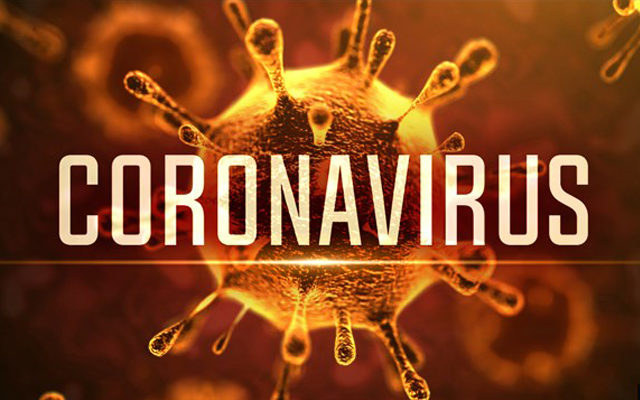- There’s a good reason medical professionals determine all the people each COVID-19 patient has come into contact with: They say it saves lives.
- The practice, known as contact tracing, involves sitting down with a patient and coming up with a list of the people they’ve gotten close to and all the places they’d visited since becoming infected. Officials then notify the people on the list, and isolate those who have also contracted the virus. “The whole point of this process is to make sure that people who have the virus are separated from those who don’t,” says Josh Michaud of the Kaiser Family Foundation. “That includes the original case, who’s isolating, and the contacts who might be incubating the disease. If you get them to self-quarantine before they are infectious, then you’ve essentially stopped the transmission of that disease from that transmission train.”
- In many cases, thorough contact tracing has “effectively interrupted community transmission,” Michaud says. While the procedure isn’t always foolproof, Michaud notes, “If you get 85 percent of contacts to self-quarantine for 14 days, you’re going to do a lot in the community to decrease transmission.”
- Have you been notified that you were in an infected person’s contact chain? How many people have you come into contact with in the past week?
|
|

